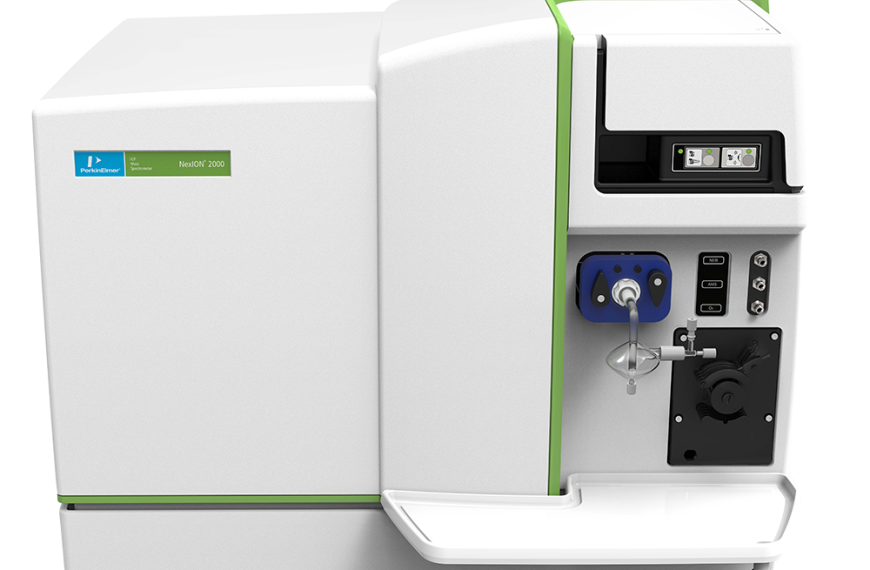Description
For nearly 30 years, ICP-MS has been gaining favour with laboratories for performing trace metal and elemental analysis with detection limits at or below the part per billion (ppb) level. An analytical working range of >10 orders of magnitude is available which is unsurpassed by any other technique.
ICP-MS is an analytical technique primarily used for elemental determination.
The sample is introduced into the ICP plasma via nebuliser. Samples are typically solutions using an autosampler for solid samples using a laser ablation technique.
A high temperature inductively coupled plasma source converts atoms in a sample to ions and these are directed into a mass spectrometer.
A quadrupole mass spectrometer separates the ion by their mass to charge ratio (m/z).
Uses / Applications
Semi-quantitative analysis: Provides a fingerprint of the elements present in a sample and the approximate concentrations.
Quantitative analysis: Accurately determines how much of a specific element is in the material analysed.
Isotopic analysis: Specific isotopes of an element can be measured and their ratio determined.

Specification
- The NexION 2000 has the fastest data acquisition speed (100,000 points per second) available and is best equipped for nanoparticle determinations.
- A mass range of 1-285amu is available with the quadrupole MS.
- The NexION 2000 can be run in either standard, collision or reaction mode depending on interences.
- This system is the only ICP-MS available that can run pure ammonia for complete and targeted interference removal.



